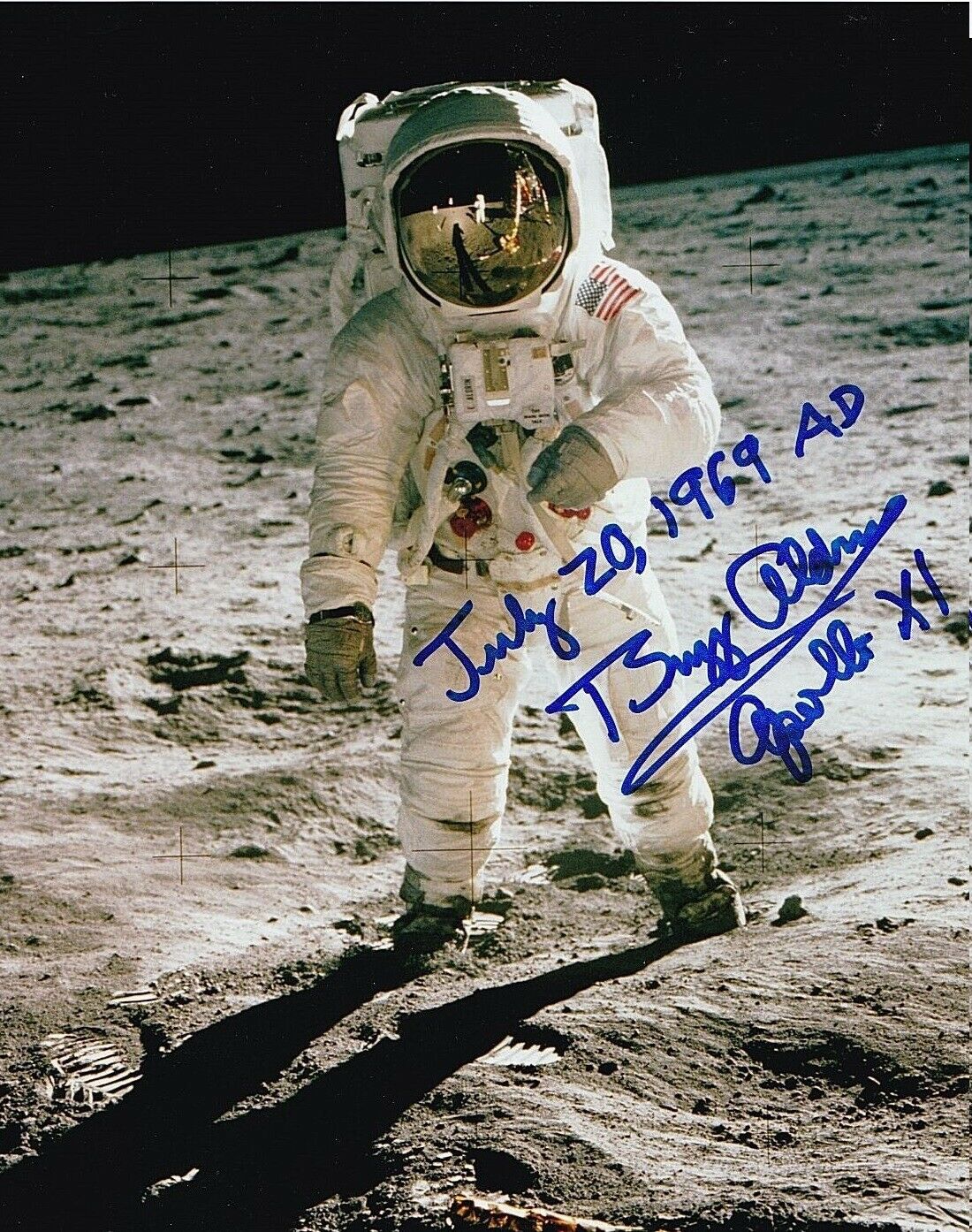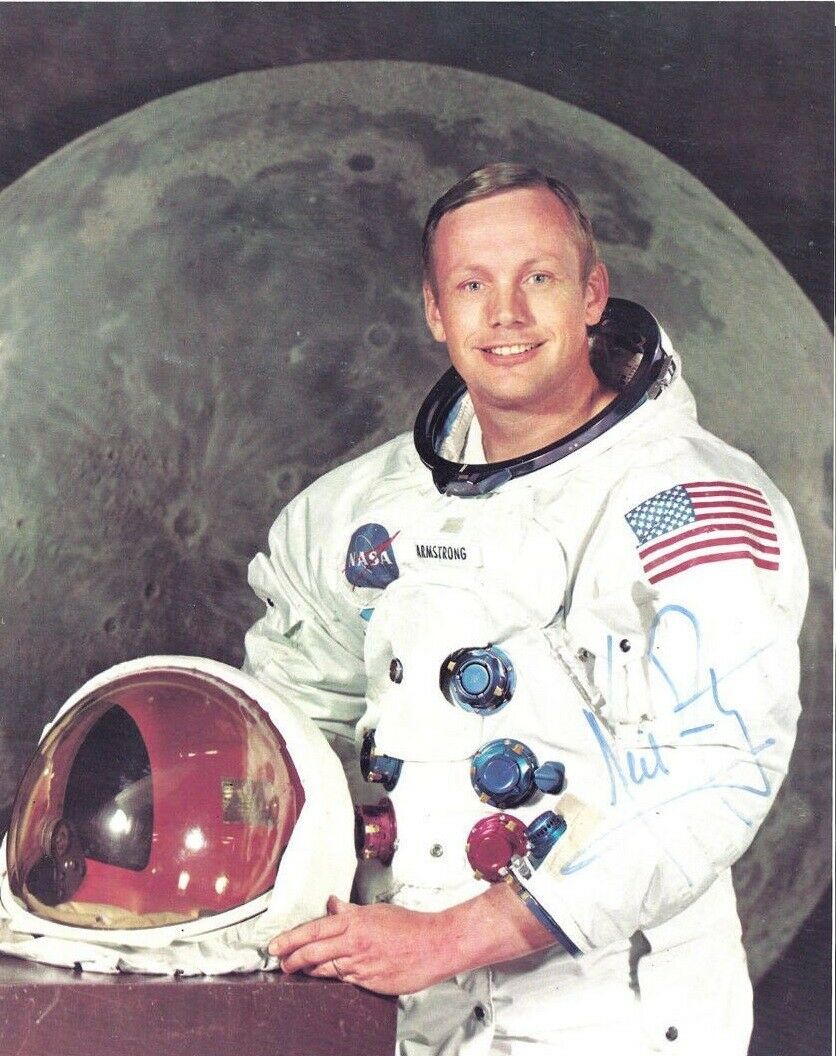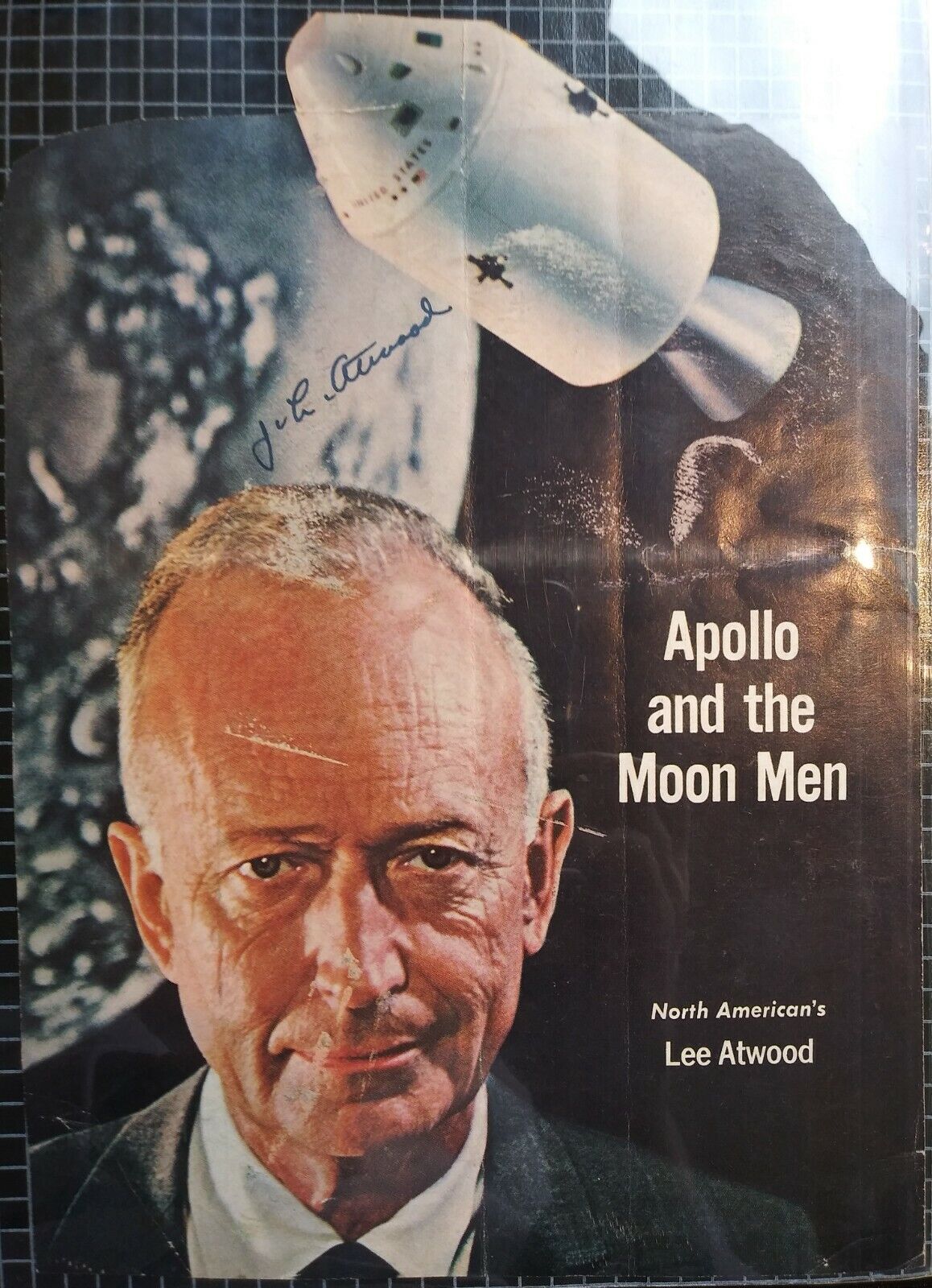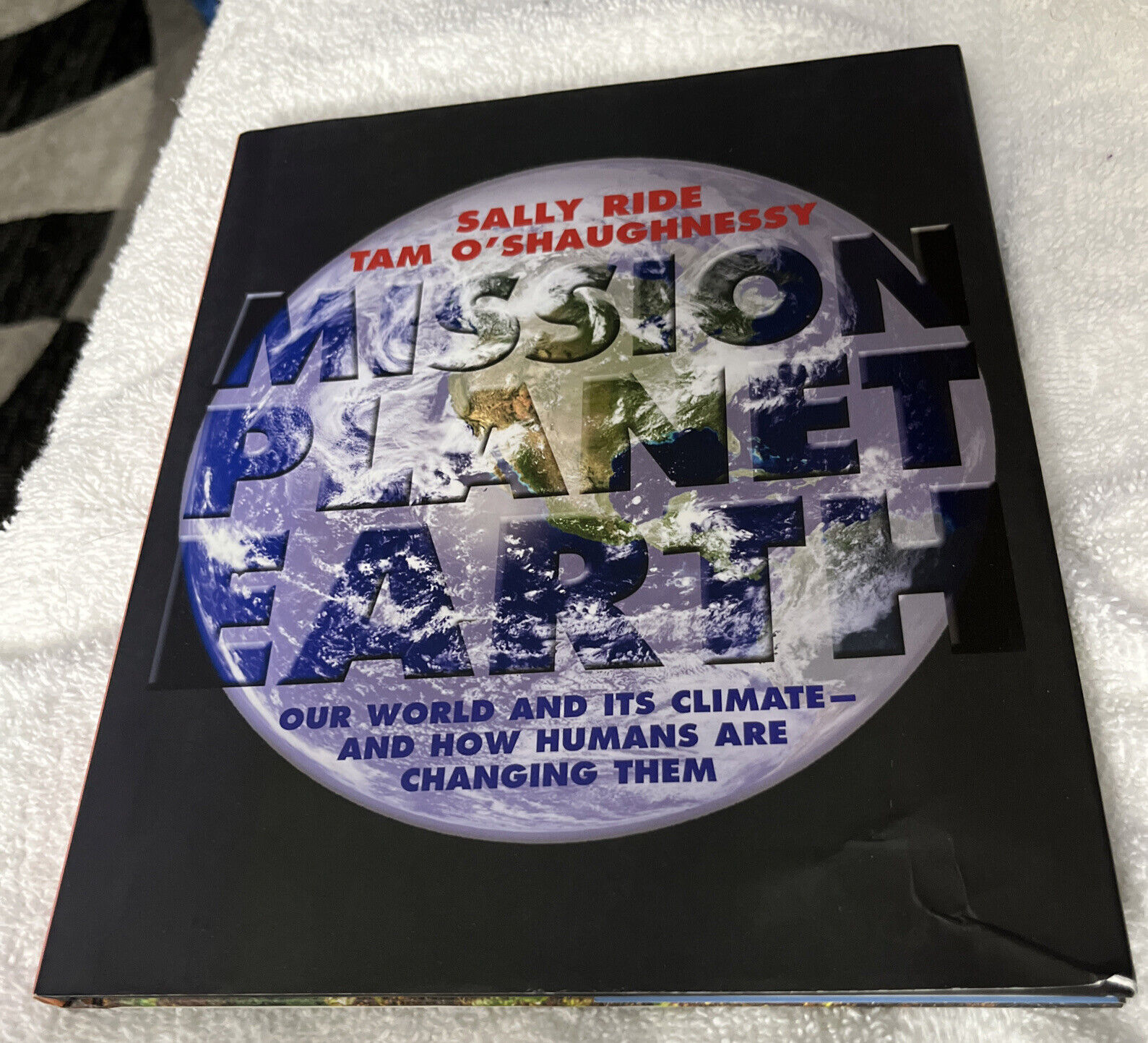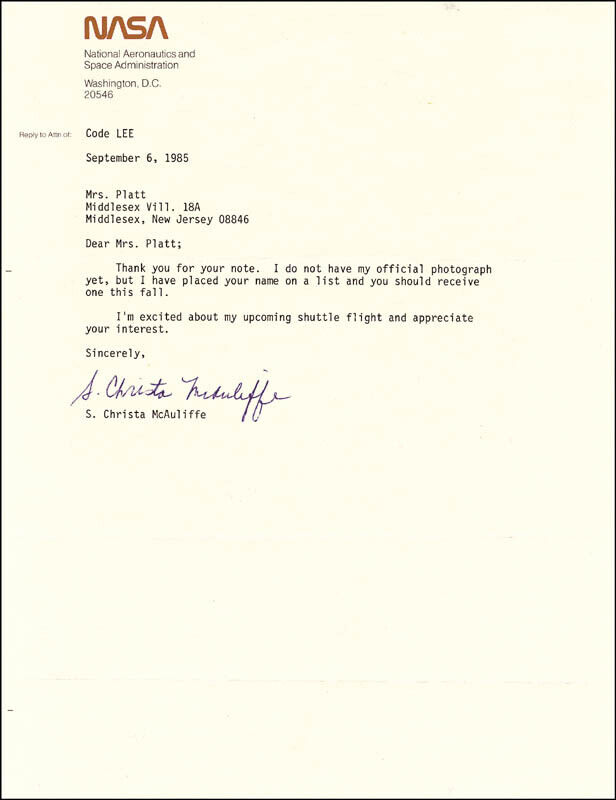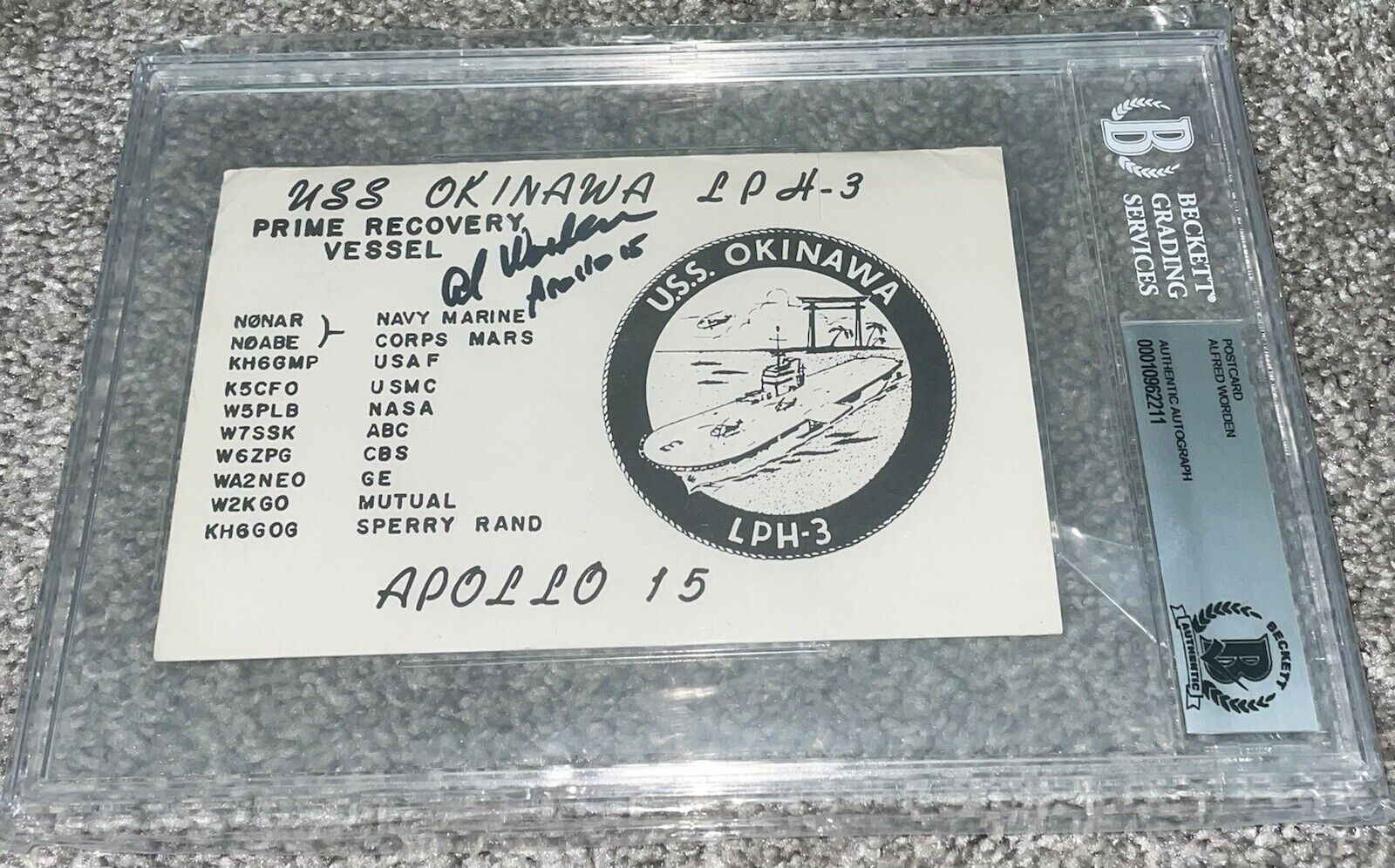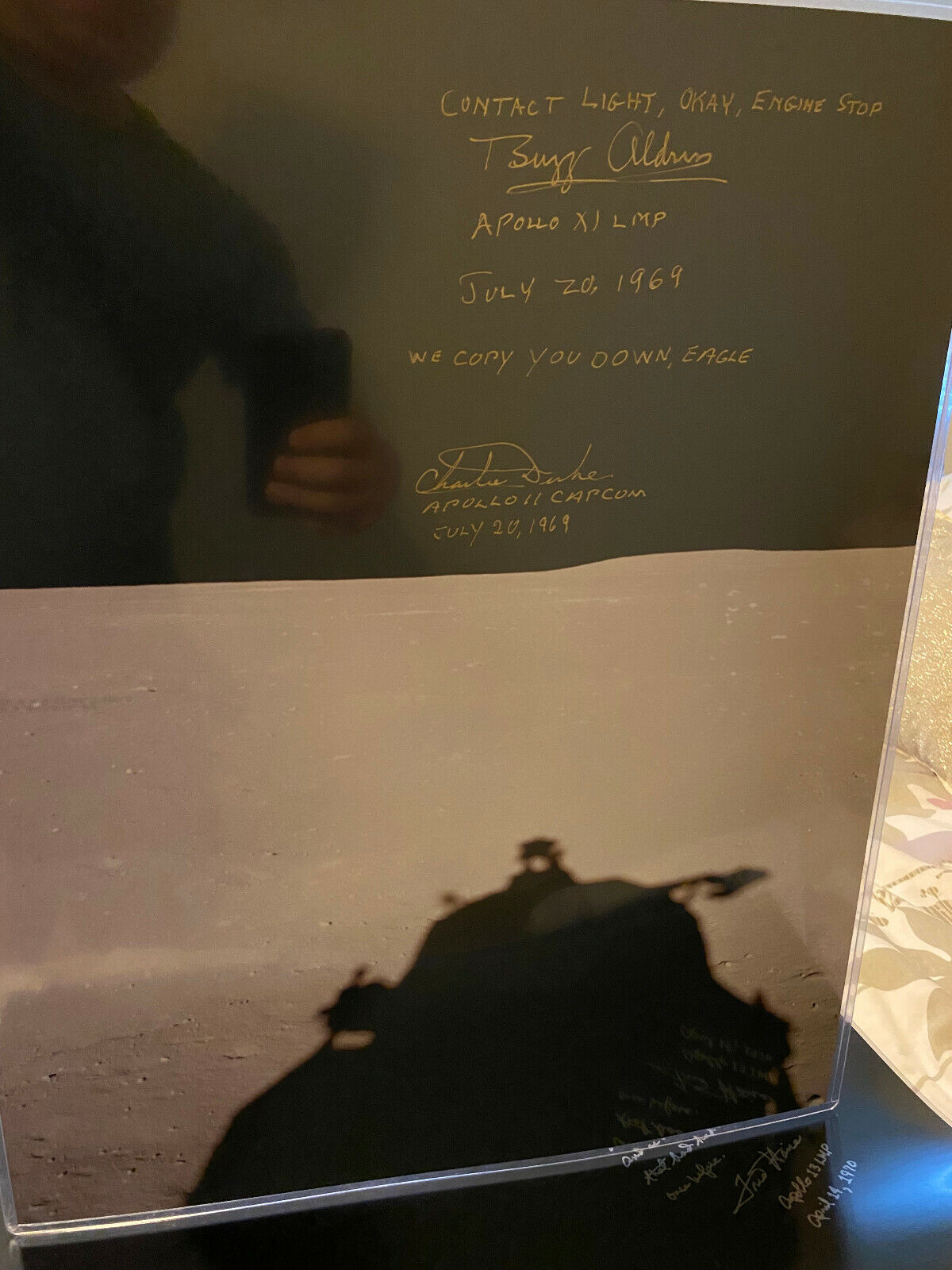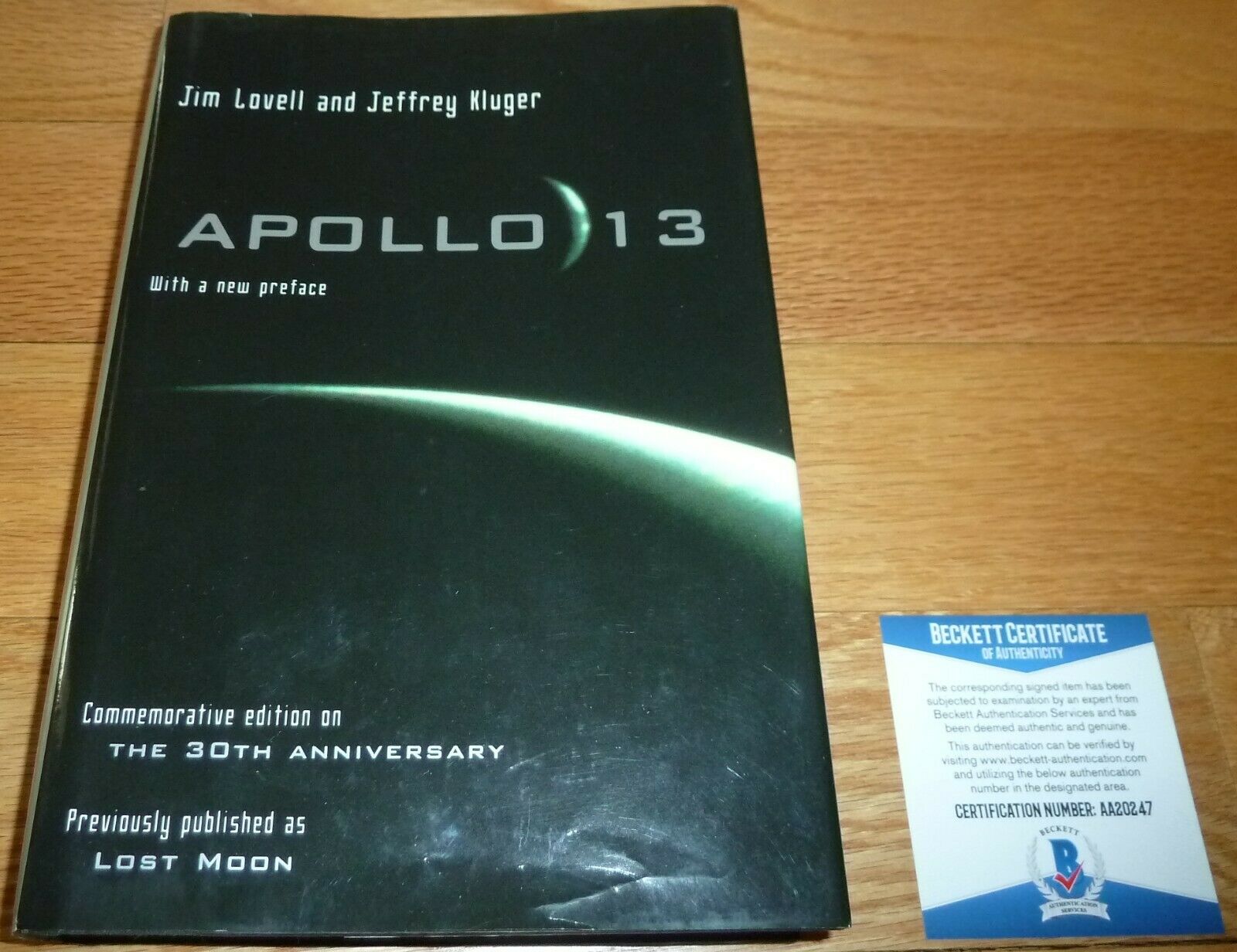-40%
ROBERT GIBSON (HOOT) Hand Signed Autograph 4X6 Photo - MARRIED ASTRONAUTS
$ 0
- Description
- Size Guide
Description
NASA ASTRONAUT - HOOT GIBSON Hand Signed 4X6 Photo . is Hand Signed by HOOT GIBSON . %100 Authentic Autographs ! Autograph is BOLD & Looks AMAZING ! The photo s in GOOD condition . The photo is in GREAT CONDITION. is a High Quality photo . Will be shipped SUPER FAST to you & will be Well packaged . I will ship to you . The SAME DAY you pay :) YES... I even ship on Saturday . Payment MUST be made in 3 days or less after this listing ends ! Combined s&h is Extra each additional listing . In the 3 day Period . Check out my other Low priced autographs & my Fantastic Feedback :) Ad my store to your follow list . I do list NEW Low priced Autographs EVERY DAY ! Upon Request . I do offer my Lifetime Guarantee COA . Just message me at Checkout . Thank you :) AmandaRobert L. Gibson Born October 30, 1946 (age 74) Cooperstown, New York, U.S. Status Retired Nationality American Other names Hoot Gibson Alma mater SCCC, A.S. 1966 Cal Poly, B.S. 1969 Occupation Naval aviator, test pilot Awards Space career NASA Astronaut Rank Captain, USN Time in space 36d 04h 15m Selection 1978 NASA Group 8 Missions STS-41-B, STS-61-C, STS-27, STS-47, STS-71 Mission insignia Retirement November 15, 1996 Robert Lee "Hoot" Gibson (born October 30, 1946), (Capt, USN, Ret.), is a former American naval officer and aviator, test pilot, and aeronautical engineer. A retired NASA astronaut, he also served as Chief of the Astronaut Office from 1992 to 1994. Today Gibson is active as a professional pilot, racing regularly at the annual Reno Air Races. He was inducted into the U.S. Astronaut Hall of Fame in 2003 and the National Aviation Hall of Fame in 2013, and has received several military decorations throughout his career.Military career Gibson entered active duty with the U.S. Navy in 1969. He was commissioned through the Aviation Officer Candidate School (AOCS), and proceed to flight training.[1] He received basic and primary flight training at Naval Air Station Pensacola and Naval Air Station Saufley Field, Florida, and Naval Air Station Meridian, Mississippi. He completed advanced flight training at Naval Air Station Kingsville, Texas and was assigned to Fighter Squadron 121 (VF-121) at Naval Air Station Miramar, California for replacement training in the F-4 Phantom II. While assigned to Fighter Squadron 111 (VF-111) and Fighter Squadron 1 (VF-1) from April 1972 to September 1975, he saw duty aboard the aircraft carriers USS Coral Sea and USS Enterprise, flying combat missions in Southeast Asia in the F-4 with VF-111 and making the initial operational carrier deployment of the F-14 Tomcat with VF-1. He is a graduate of the Navy Fighter Weapons School, also known as "TOPGUN." Gibson returned to the United States and an assignment as an F-14A instructor pilot with Fighter Squadron 124 (VF-124) at Naval Air Station Miramar. He graduated from the U.S. Naval Test Pilot School at Naval Air Station Patuxent River, Maryland in June 1977 and later became involved in the test and evaluation of improvements to the F-14A aircraft while assigned to the Naval Air Test Center's Strike Aircraft Test Directorate. Selected as a NASA astronaut, he continued to be promoted, eventually achieving the rank of Captain in the U.S. Navy and the rank at which he retired from active naval service. Charles F. Bolden, his copilot on STS-61-C, described Gibson and John Young as the two best pilots he had met "in my life in aviation, over thirty-five years; never met two people like them. Everyone else gets into an airplane; John and Hoot wear their airplane. They're just awesome". Gibson's flight experience included over 6,000 flying hours (14,000 hours in total) in over 140 types of civil and military aircraft.[3] He holds an airline transport pilot license. In 2006 he was required to stop flying for the airlines because he reached his 60th birthday. He still holds a multi-engine and instrument rating. He has held a private pilot rating since age 17. Gibson has also completed over 300 carrier landings.NASA career Selected by NASA in January 1978, Gibson became an astronaut in August 1979. Gibson flew five missions: STS-41-B in 1984, STS-61-C in 1986, STS-27 in 1988, STS-47 in 1992, and STS-71 in 1995. Gibson served as Chief of the Astronaut Office (December 1992 to September 1994) and as Deputy Director, Flight Crew Operations (March–November 1996). On his first space flight, Gibson was the pilot on the crew of STS 41-B which launched from the Kennedy Space Center, Florida, on February 3, 1984. The flight accomplished the deployment of two Hughes 376 communications satellites which later failed to reach desired geosynchronous orbits due to upper-stage rocket failures. The STS 41-B mission marked the first checkout of the Manned Maneuvering Unit (MMU), and Manipulator Foot Restraint (MFR), with Bruce McCandless II and Bob Stewart performing two EVAs (spacewalks). The German Shuttle Pallet Satellite (SPAS), Remote Manipulator System (RMS), six "Getaway Specials", and materials processing experiments were included on the mission. The eight-day orbital flight of Challenger culminated in the first-ever landing at the Kennedy Space Center on February 11, 1984. Gibson was the commander of the STS-61-C mission, and the first of only four people under the age of 40 to command a STS Orbiter. The seven-man crew on board the Orbiter Columbia launched from the Kennedy Space Center on January 12, 1986. During the six-day flight, the crew deployed the SATCOM Ku satellite and conducted experiments in astrophysics and materials processing. The mission concluded with a successful night landing at Edwards Air Force Base, California, on January 18, 1986. Gibson subsequently participated in the investigation of the Space Shuttle Challenger accident, and also participated in the redesign and recertification of the solid rocket boosters. The famous photo showing McCandless using the MMU. It was Gibson who took the photo and later remarked imagining about the caption being "NASA Photo by Hooter" STS-41-B in 1984 As the commander of STS-27, Gibson and his five-man crew launched from the Kennedy Space Center on December 2, 1988, aboard the Orbiter Atlantis. The mission carried a Department of Defense payload, and a number of secondary payloads. After 68 orbits of the Earth the mission concluded with a dry lakebed landing on Runway 17 at Edwards Air Force Base on December 6, 1988. The mission is noteworthy due to the severe damage Atlantis sustained to its critical heat-resistant tiles during ascent. On Gibson's fourth space flight, the fiftieth Space Shuttle mission, he served as commander of STS-47, Spacelab-J, which launched on September 12, 1992 aboard the Orbiter Endeavour. The mission was a cooperative venture between the United States and Japan, and included the first Japanese astronaut and the first African-American woman, Mae Jemison, in the crew. During the eight-day flight, the crew focused on life science and materials processing experiments in over forty investigations in the Spacelab laboratory, as well as scientific and engineering tests performed aboard the Orbiter Endeavour. The mission ended with a successful landing on the runway at the Kennedy Space Center in Florida on September 20, 1992. On his last flight, (June 27 to July 7, 1995), Gibson commanded a crew of seven-members (up) and eight-members (down) on Space Shuttle mission STS-71. This was the first Space Shuttle mission to dock with the Russian Space Station Mir, and involved an exchange of crews. The Atlantis Space Shuttle was modified to carry a docking system compatible with the Russian Mir Space Station. It also carried a Spacelab module in the payload bay in which the crew performed various life sciences experiments and data collections. When the hatch separating the two modules was opened, Gibson and Vladimir Dezhurov shook hands, symbolizing the newly-found cooperation between the United States of America and the Russian Federation. Later that day, President Bill Clinton in a statement mentioned that this handshake was a major breakthrough towards the ending of the Cold War. When giving public speeches, Gibson often jokes that he ended the Cold War. In five space flights, Gibson completed a total of 36.5 days in space.




